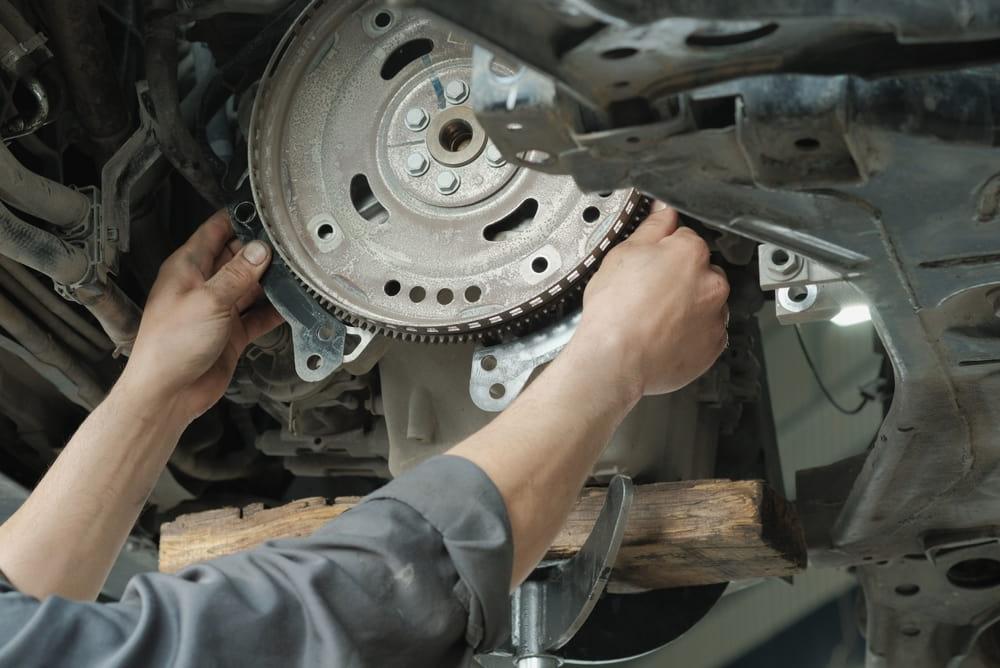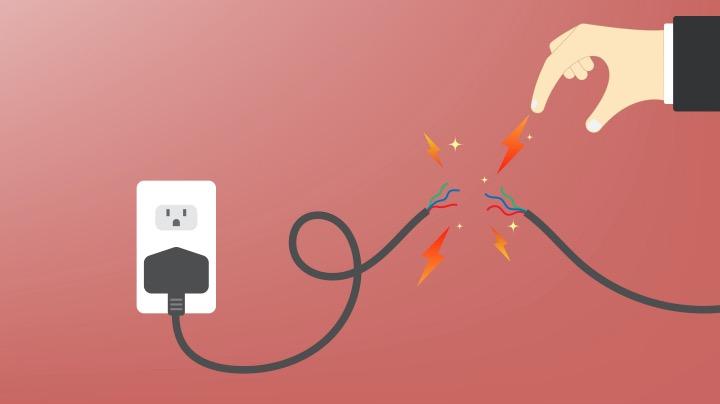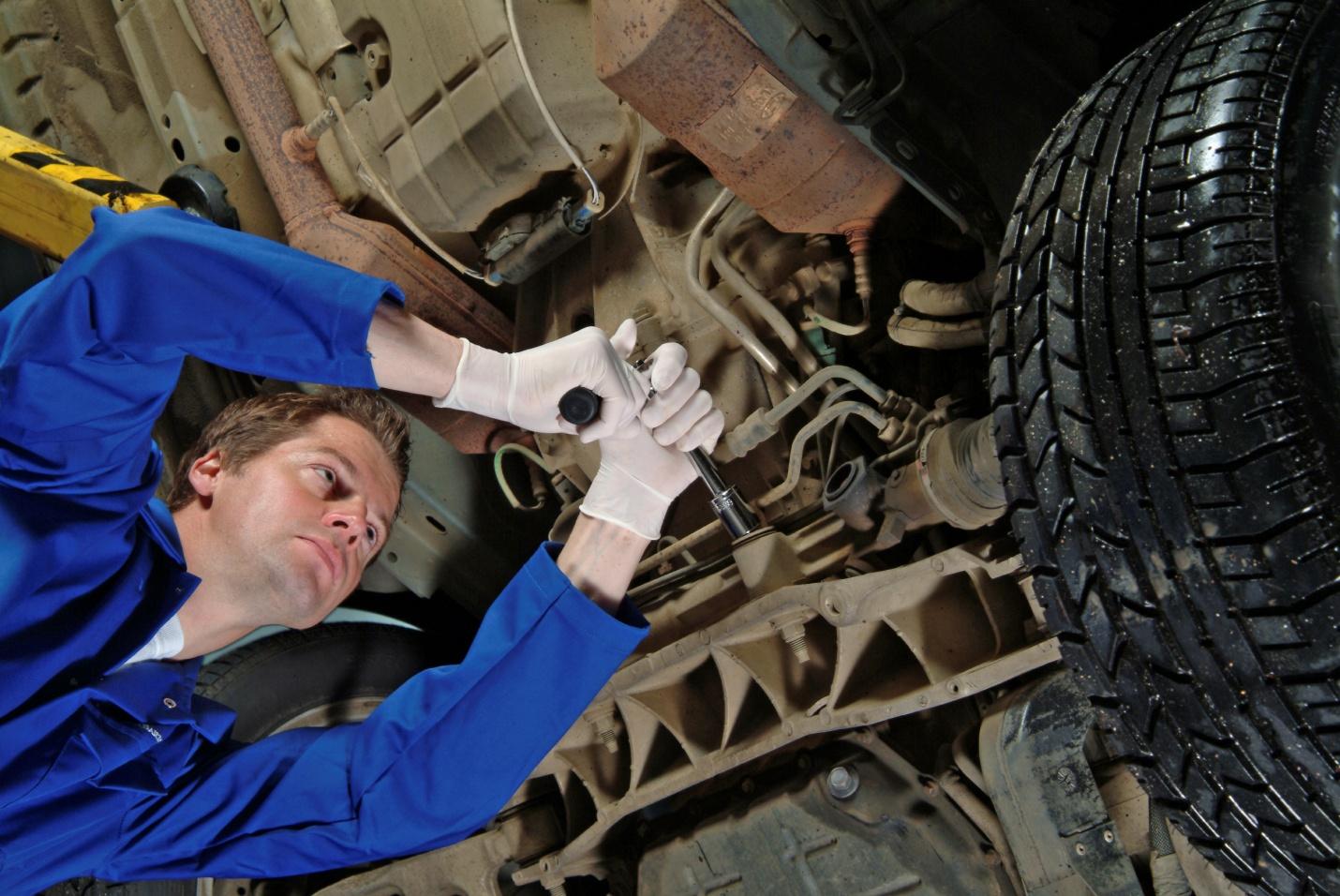Honda CR-V common problems
Teh Honda CR-V has long stood as a symbol of reliability and versatility in the ever-evolving world of compact SUVs. Since its debut, it has attracted a loyal following, lauded for its spacious interior, fuel efficiency, and innovative features. Though, like any beloved vehicle, the CR-V is not without its quirks and challenges. As these cars approach higher mileage, certain issues can emerge, leaving owners seeking answers. In this article, we delve into the common problems associated with the Honda CR-V, equipping current and prospective owners with the knowledge they need to navigate potential pitfalls while enjoying the ride. Whether you’re considering a purchase or simply wanting to stay informed, understanding these nuances can ensure that your experience with this iconic SUV remains positive and fulfilling.
Common Engine Issues and Solutions for Honda CR-V Owners
The Honda CR-V, known for its reliability, can still face some common engine issues that every owner should be aware of. Overheating is one frequent concern, often caused by a malfunctioning thermostat or a leak in the cooling system. To address this issue, regularly check your coolant levels and inspect hoses for any signs of wear or damage. If you notice your vehicle overheating, pull over instantly to prevent further damage and consult a professional mechanic for a thorough diagnosis.
Another issue that some CR-V owners encounter is engine misfires, often linked to faulty spark plugs or ignition coils. A misfiring engine can cause a notable drop in performance and fuel efficiency. To mitigate this issue, it’s essential to keep up with routine maintenance and replace spark plugs at recommended intervals. Regularly checking your engine codes can also help identify misfires early on, allowing for timely repairs. For your reference, here’s a quick look at common solutions for these issues:
| Engine Issue | Common Cause | Solution |
|---|---|---|
| Overheating | Faulty thermostat | Check coolant levels, inspect hoses |
| Engine misfire | Faulty spark plugs | Replace spark plugs, check engine codes |

Transmission Troubles: identifying Symptoms and Remedies
Transmission issues can manifest in several alarming ways in a Honda CR-V, signaling the need for immediate attention. Owners may notice slipping gears, where the transmission unexpectedly changes or fails to engage, leaving drivers in a state of uncertainty. Another common symptom is delayed engagement, which occurs when there’s a noticeable pause before the vehicle shifts from park to drive or reverse. Additionally, unusual fluid leaks—often red or brown—beneath the vehicle can indicate transmission problems that should not be ignored. Recognizing these signs early is crucial in avoiding more severe damage.
To remedy transmission troubles, it’s vital to conduct regular maintenance and fluid checks. Changes in transmission fluid levels or quality can significantly affect performance, so considering a fluid change can be a straightforward fix. When the issues persist, consulting a professional mechanic for a diagnostic check can help pinpoint the root cause. If problems are intricate, a transmission rebuild or replacement may be necessary, although these options can be more costly. Owners should also keep a record of any symptoms over time to aid the diagnostic process.
| Symptom | Potential Cause | Recommended Action |
|---|---|---|
| Slipping Gears | Low transmission fluid or worn components | Check fluid levels; consult a mechanic |
| Delayed Engagement | Faulty transmission solenoid | get a diagnostic check |
| Fluid Leaks | Damaged seals or gaskets | Inspect and replace seals |

Electrical System Glitches: Prevention and Fixes
Electrical system glitches in the Honda CR-V can manifest in various ways, such as unresponsive dashboard lights or intermittent power loss. To prevent these issues, regular vehicle maintenance is crucial. Consider implementing the following strategies to keep your electrical system functioning smoothly:
- Routine Inspections: Regularly check battery connections and wiring for corrosion or loose connections.
- Software Updates: Ensure that your vehicle’s firmware is updated; many electrical issues can stem from outdated software.
- Battery Health Checks: Test the battery annually to catch any early signs of weakness before they lead to bigger problems.
If you do encounter electrical issues, there are several steps you can take to address them. Start by troubleshooting common symptoms, which may include:
| Symptom | Potential Fix |
|---|---|
| Dashboard lights flicker | Tighten loose connections or replace faulty bulbs. |
| Power windows malfunction | inspect fuses and wiring for damage. |
| Navigation system freezes | Reset the system or check for updates. |
By staying proactive with both preventive measures and quick fixes, owners can minimize disruptions and maximize the reliability of their Honda CR-V’s electrical system.

Suspension Concerns: Understanding Wear and Maintenance Tips
One of the common concerns that Honda CR-V owners face is related to suspension wear. Over time, components such as struts, shocks, and control arms can deteriorate, leading to a bumpy ride and decreased handling ability. To keep your vehicle performing optimally, regular inspections are essential. Pay attention to warning signs like unusual noises when driving over bumps and uneven tire wear. Addressing suspension issues early can prevent more extensive and costly repairs down the line.
Proper maintenance of the suspension system can significantly enhance the lifespan and performance of your Honda CR-V. Here are some essential tips to consider:
- Regularly inspect and replace worn-out struts and shocks.
- Ensure that tire alignment and rotation are performed every 5,000 to 7,500 miles.
- Monitor the vehicle’s ride height; sagging can indicate worn components.
- Check and replace bushings and joints as needed to avoid further deterioration.
Keeping a close eye on your suspension system not only improves ride quality but also enhances safety and driving pleasure. Following these maintenance tips will help ensure that your CR-V is always ready for the road ahead.
wrapping Up
As we wrap up our examination of the common problems associated with the Honda CR-V, it’s clear that like any vehicle, it comes with its own set of quirks and challenges. Understanding these issues can empower you as a driver to make informed decisions about maintenance and repairs, ensuring that your CR-V continues to serve you well for years to come.While no car is free from potential pitfalls, a proactive approach to care—paired with awareness of the specific concerns tied to the CR-V—can lead to a more enjoyable and reliable driving experience. Whether you’re a seasoned CR-V owner or contemplating your first purchase, embracing knowledge about these common problems signals a commitment to the longevity and performance of your vehicle.
So, whether you’re navigating city streets or embarking on weekend adventures, remember: vigilance and regular maintenance are your best allies on the road. With the right care,your Honda CR-V can remain a trusted companion,ready for whatever journey lies ahead. Safe travels!





